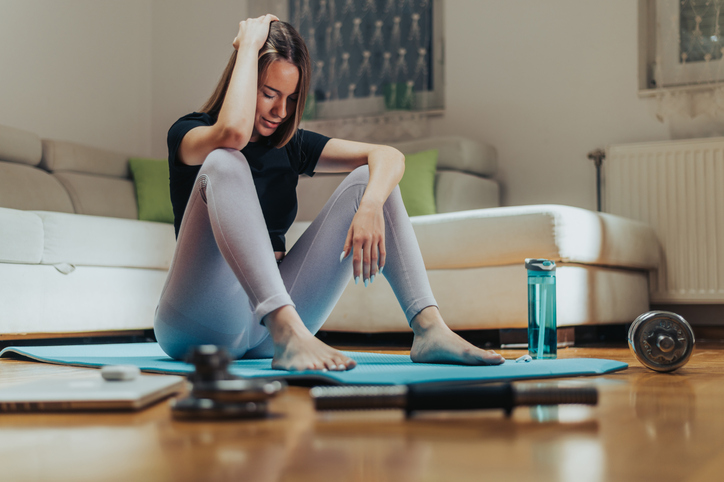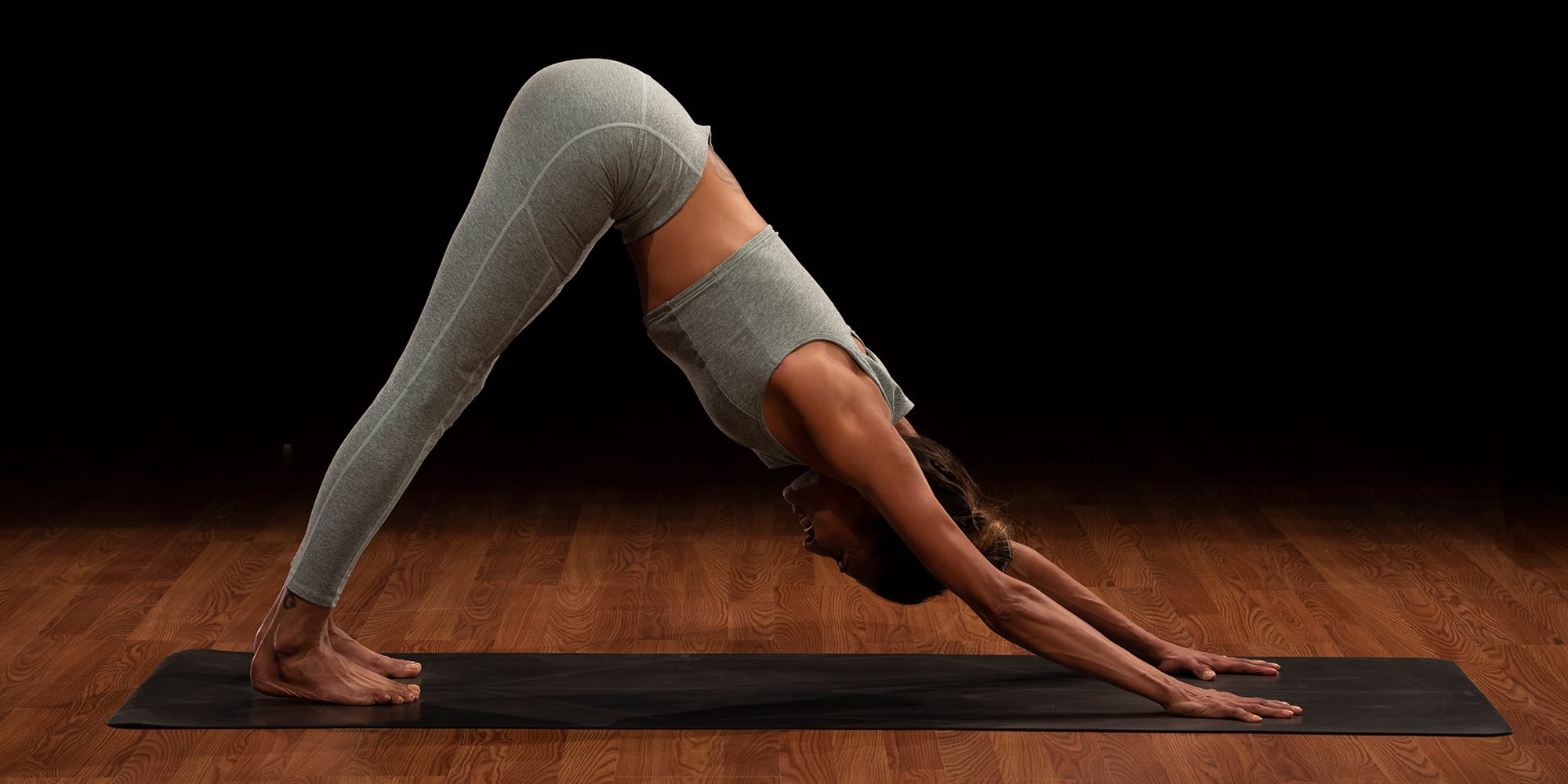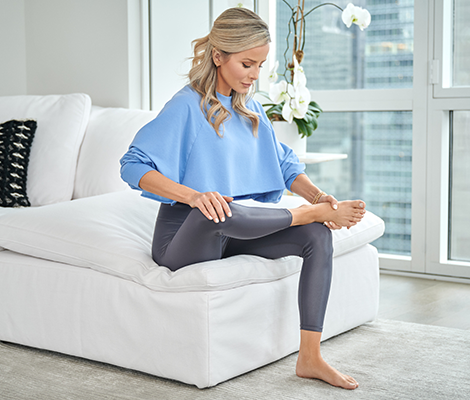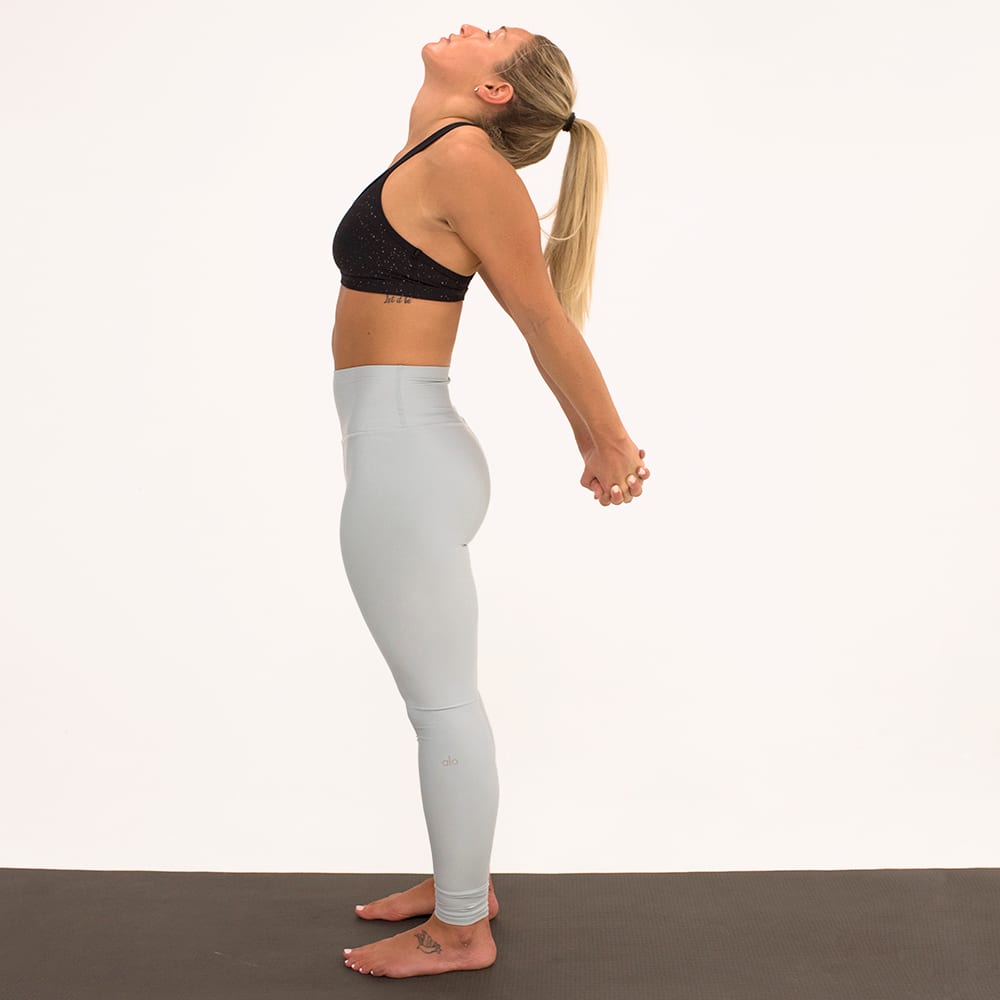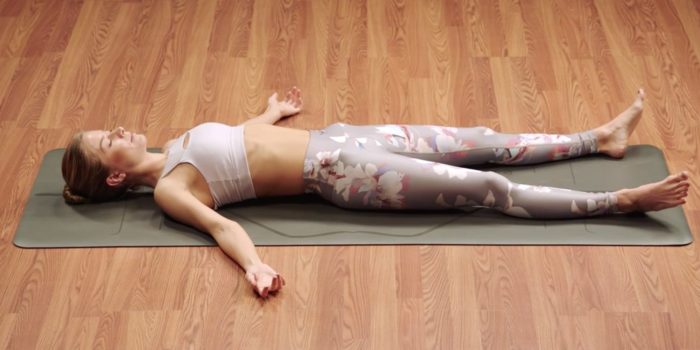
[ad_1]
So, you’ve obtained your exercise routine right down to a science: power coaching three days every week, cardio twice, mobility work throughout Netflix binges. You’re killing it.
However as a clever coach as soon as stated, a exercise is barely pretty much as good as your capability to get well from it. If you happen to hit the health club exhausting and don’t give equal consideration to relaxation, vitamin, sleep, and different restoration methods, your exercise received’t show you how to get any stronger, sooner, or leaner.
Assuming the largest elements of exercise restoration are in place — vitamin, stress administration, and sleep — the best weapon in your arsenal might be one thing that’s been round for hundreds of years: yoga.
Why Is Restoration Vital?
Virtually from start, we’re informed that train is nice for you. However it’s extra correct to say that the correct dose of train is nice for you: An excessive amount of too quick simply breaks you down.
That’s why it’s worthwhile to relaxation and refuel between exercises. It’s important to give your physique time to rebuild broken muscle and connective tissue, chill out and de-stress, and forge new neural connections so that you’re stronger and sooner subsequent time you face the weights, the health club, the treadmill, or the observe.
Relying on the kind of train you do, sure actions (therapeutic massage, chilly immersion, gentle cardio exercise) hasten your physique’s return to homeostasis — a balanced, low-stress state — so that you simply’re absolutely recovered subsequent time you’re employed out.
Yoga is an ideal instance.
How Does Yoga Assist Restoration?
Caveat: Some yoga lessons may be robust. Do an hour of parallel-depth warrior poses, wheel poses, and inversions, and also you’re not hastening restoration — you’re placing extra stress in your physique.
However different poses make for an ideal restorative apply. Right here’s what an off-day yoga class or temporary, post-workout restorative yoga session can do for you.
1. Improves blood movement
All types of lively restoration have this profit in widespread: “Flushing your tissues with oxygenated blood — mimicking the pumping of the guts — is without doubt one of the finest issues you are able to do for your self once you’re sore and drained,” says bodily therapist Dr. John Rusin.
Immediately after train, you’ll clear away metabolic byproducts that accumulate throughout exhausting train. On an off day, you’ll shuttle vitamins into broken tissues that velocity therapeutic.
2. Reduces stress
Stress can grind your progress to a halt: By undermining sleep and digestion, it makes restoration out of your exercises infinitely harder. However yoga is a dependable stress-buster, chilling you out and restoring your nervous system to a muscle-growing, tissue-healing parasympathetic state.
A evaluation of analysis discovered that — along with enhancing power and suppleness, and selling respiratory and cardiovascular operate — yoga lowers stress and nervousness and improves sleep.
And a research discovered that yoga practitioners rebound from stress extra shortly — not simply emotionally, however metabolically and physiologically — and revel in decrease stress ranges total than non-practitioners.
3. Will increase mobility
Repetitive exercise may cause muscle groups to shorten; sitting, for instance, tightens the muscle groups on the fronts of your hips, whereas pushups do the identical to these of the chest. Diminished joint mobility compromises alignment and joint mechanics, resulting in decreased power and efficiency and elevated threat of harm.
All of this occurs sooner than chances are you’ll assume: “Even after only one exercise, muscle groups can begin to lose elasticity,” says Brent Laffoon, one of many world-class instructors of BODi’s Yoga52. “Over time, this will result in a extra restricted vary of movement within the joints they help.”
The answer: transferring your joints by way of a full vary of movement — utilizing a couple of restoration poses — immediately after train or between exercises.
Submit-Exercise Restoration in 4 Yoga Poses
Feeling wrecked after your exercise? End with a calming asana or two. “Restoration poses are simple, non-taxing, and sometimes on the ground,” says Yoga52 teacher Odette Hughes.
For finest outcomes, she says, deal with extending the muscle groups you labored in your most up-to-date exercise. After squats, attempt bridge pose, which stretches the quadriceps. After pushups, attempt baby’s pose, which opens the chest and shoulders.
New to yoga? Attempt the restoration poses beneath any time for successful of on the spot leisure.
1. Downward-facing canine
- Get on all fours, knees immediately beneath your hips, and wrists a few inches in entrance of your shoulders. Unfold your fingers aside vast.
- Tuck your toes, press into your palms, and carry your hips up and again. Externally rotate your arms to keep away from shrugging your shoulders, and straighten your arms with out locking your elbows.
- Maintain your legs as straight as potential, and your decrease again barely arched. Maintain the pose for 60-120 seconds.
Tip: “Don’t attempt to get your heels to the ground,” says Steven Schilling, a Los Angeles-based yoga and martial-arts teacher. “Assume as an alternative of pushing your hamstrings again behind you whereas protecting your again in a pure arch.”
2. Seated determine 4
- Sit in a chair along with your again straight and your chest up, ft flat on the ground in entrance of you.
- Raise your proper foot off the ground and place the skin of your proper ankle in your left knee.
- Strongly flex your proper ankle.
- Place your left hand in your proper knee and gently press downward. Maintain for one to 2 minutes and repeat with the opposite leg.
Tip: “Maintain pondering sit up as you deal with opening the left hip,” says Schilling.
3. Chest opener
- Stand upright along with your ft hip-width aside.
- Interlace your fingers behind your again whereas protecting your chest lifted.
- Straighten your arms as you gaze towards the ceiling, and maintain for 60 seconds.
Tip: “Squeeze your shoulder blades collectively and carry your chest,” says Schilling. “Don’t push your head ahead.”
4. Savasana
- Lie flat in your again, stress-free absolutely into the ground.
- Unfold your arms out away out of your torso, and switch your palms face up. Separate your ft to hip width or better.
- Shut your eyes, chill out your jaw, and breathe silently, focusing as particularly as potential on how breath subtly strikes you from head to toe: the light rising and falling of the chest and stomach, the refined actions within the face, shoulders, arms, and hips.
Tip: “For lots of hard-charging exercisers, that is the toughest pose,” says Schilling. If that’s the case for you, keep there for 60 seconds and work your method up. Spend a full 5 minutes within the pose and also you’ll stand up feeling like a brand new particular person.
[ad_2]
